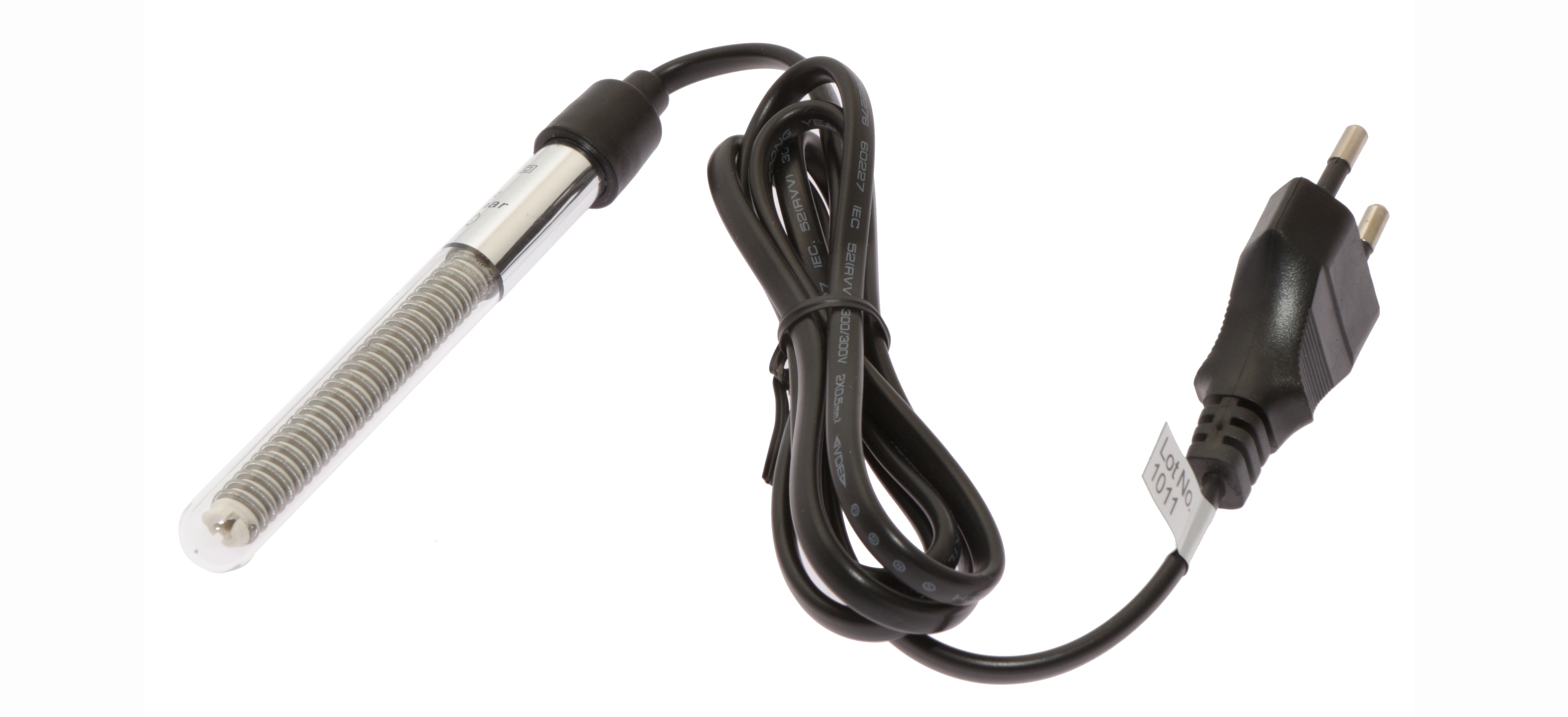Product added to cart

Chicken bird ( mite species – lat. Dermanyssus gallinae ) - is a very problematic and difficult to eliminate parasite in poultry. It occurs both on industrial poultry farms, as well as in small backyard poultry houses or ornamental bird farms. It invasively attacks chickens, turkeys, guinea fowls, pheasants, pigeons and all wild birds. It is harmful to birds of any age, from a chick to adult individuals, regardless of the technologies used in poultry farming. Chicken tarantulas are a problem that occurs in both hobbyists and professional poultry producers. It can be said that chicken bird is the most harmful parasite in birds.
Post Contents [hide]


Birds, known colloquially as chicken fleas or chicken lice, have an oblong, oval shape and a gray-yellow or red color. The body length of an adult individual ranges from 0.5 – 1.0 mm, depending on the sex and stage of development. Females are larger than males.
These feather-eaters feed primarily on the blood of birds , hence their name – chicken bird. However, there are situations when the chicken bird feeds on the blood of other animals and even people, most often working in poultry farms. Blood is needed for the tarantula to reproduce and to change the stage of development (larva, nymph and adult individuals).
Adult individuals have four pairs of legs, of which one pair plays the role of sensory organs, therefore they move very quickly over the skin of animals. In the front part of the body, the chicken bird has jaw-bearings, which are its mouthpiece. Female tarantulas lay eggs outside the body of the bird host, in hiding places, such as tiny gaps, in which they stay during the day. Ideal conditions for the development of the population are 20° C and 60-70% humidity.
Chicken bird, dermanyssus gallinae, feeds only at night, during the rest of birds. During the day it can not be noticed, because it hides in various nooks and crannies of the floor or roof. The favorite place of the tarantula are sun-warmed, damp slits of window sills, cracks in the walls of the building and nests of layers. In the lofts of the tarantula can also be found in pigeon nests. The largest invasion of the tarantula is observed in the period from July to September, but this does not mean that in winter they do not occur at all. They appear in breeding rooms that are heated. Chicken bird comes out of the hiding place at night only to eat the blood of chickens, turkeys or pigeons. Four pairs of legs allow it to move quickly, and jaws cut the skin of birds like scissors. Chicken bird then introduces toxic saliva, which has properties that dissolve skin tissue and freely takes the blood of birds with the help of daggers. As you might expect, tarantulas have an effect on the worse condition of poultry, including in young birds. With a large population, chicken tarantulas also affect the higher mortality of chickens.
Birds, which are primarily parasites of birds, also spread to the skin of domestic animals and even humans. Chicken bird feeds on the blood of some mammals. In horses, cows, rabbits or dogs or cats, tarantulas cause skin lesions similar to pediculosis and scabies. The skin in these places becomes thickened and a dried serous exudate appears. Birds were often found in the cracks of the ears, nose or beak of birds, despite the fact that they mainly feed on the skin and drink the blood of their victims.
Symptoms of disease in birds depend on the severity of the invasion of the tarantula. The sensitivity of birds to tarantula bites also depends on their age. With a large number of parasites, their toxic saliva massively kills young chicks or young birds, and thus has an effect on poultry fever.




Chicken bird in a chicken coop can be very burdensome for farm workers or breeders. Daily rite and direct contact with birds can lead to the ingress of the tarantula on the clothing and skin of a person. In turn, a person moving from place to place moves the bird to other livestock rooms, e.g. pigsty, barns or stables, and finally to his own home. At night, parasites sting sleeping inhabitants. Punctures are painless, but in the morning itching, purulent vesicles and allergic reactions appear. They are very unpleasant for children and adults with hypersensitivity to the toxic saliva of the tarantula. Usually, the symptoms disappear after 2-3 days, but sometimes they turn into acute inflammation of the skin, erythema or deep ulcers, accompanied by very strong and unpleasant itching. Allergens produced by chicken tarantulas are the most common cause of bronchial asthma among farm workers. In addition, tarantulas through punctures spread pathogenic germs of poultry, are suspected of transmitting viruses that cause meningitis and spinal cord inflammation among humans.